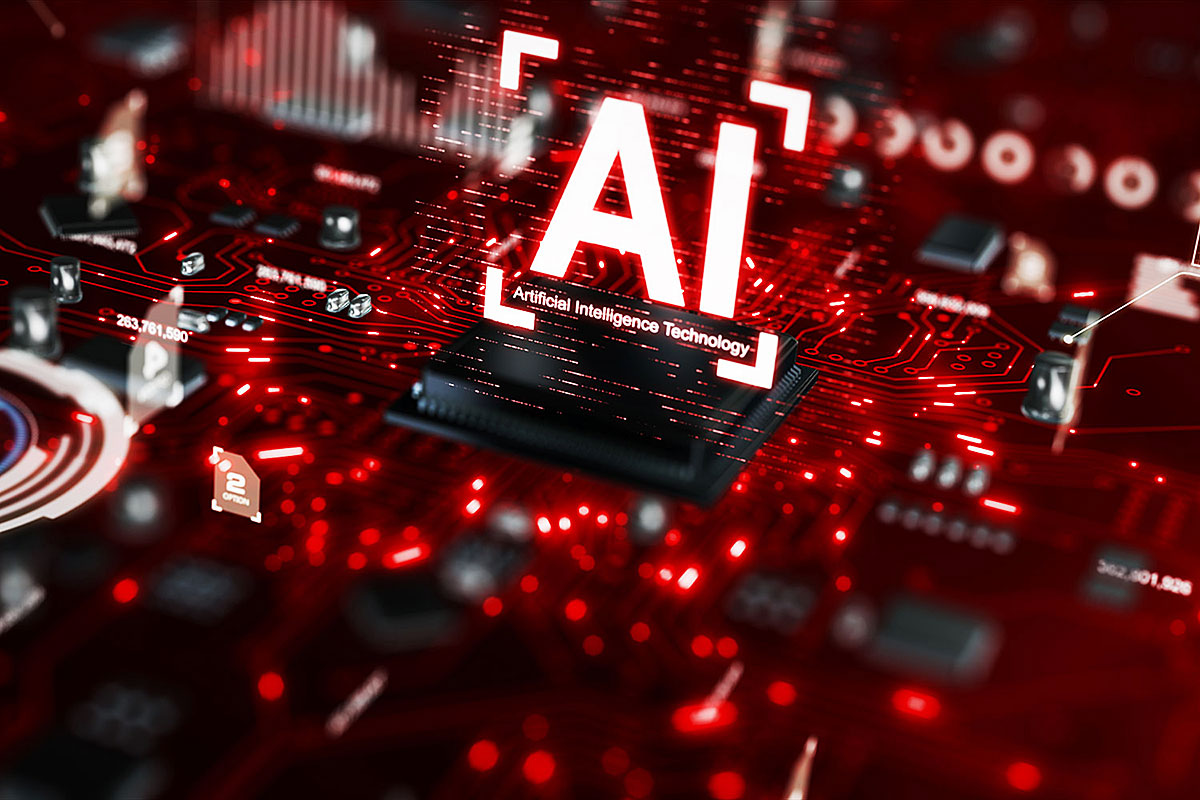Sabine Hossenfelder is one of the people I regularly watch on the YouTube platform. She is a physicist but also veers into other areas such as artificial intelligence and quantum computing. For her latest video — In Which I Lose Faith In Quantum Computing — she makes a number of interesting observations. In short, apart from some very specific applications, quantum computing, even if it is scalable from current technology, has limited application. It also has the potential of bringing down a number of current companies highly focused on this technology, or at least some of their divisions. Artificial intelligence takes up a lot of the space that quantum computing could do well in, but for the present at least, AI does it better. The next 10 years, or less, will be important to see how both of these directions develop, or not. If you are interested at all in physics, maths and occasionally quantum computing, then Sabine Hossenfelder provides some interesting perspectives.
– I’ve learned a new word this week — workslop. This is the machine-learning equivalent of spam. As noted in earlier articles, AI can make people lazy. According to an ongoing study by Stanford’s Social Media Lab and behavioural research business BetterUp Labs, 40% of US workers are reporting that workslop has crossed their desk over the past month.
– So, people are sending impressive looking, AI-generated material, containing little in terms of actionable facts and figures. Someone often then needs to go through this and turn it into something useful. According to the report, the amount of work involved in the process of sorting the wheat from the chaff, or facts from hallucinations, costs around US$186 (6,000 baht) per employee per month in lost productivity. Those receiving workslop break down as being annoyed, with a third claiming to be confused and a quarter claiming the received material offended them. People also saw those sending the material as untrustworthy, 42%, with a third concluding the sender was less creative and intelligent than they first thought. Many said such material was more trouble than it’s worth. Workers sent 18% of workslop directly to managers, with 16% of such material coming from managers.
– If you expand this study across the world, study not yet done, this will be occurring in more than just the US. If you also look at some of the latest ads for IT, companies are asking for people with AI tool experience presumably because senior management believes it will boost productivity and reduce costs. People use AI tools, but if and when they generate poor outputs someone then must fix it. A recent study by the UK government found no clear productivity improvement from introducing Microsoft 365 Copilot to the Department for Business and Trade. Then there is research by MIT which reports that about 95% of organisations see no measurable return on investment from generative AI efforts. So, on one side there are those pushing AI and on the other, workers using it and generating rubbish. This will not end well. One exception I’ve seen is in code generation, but unless you check the results and just hand it on, that can lead also to failure.
– Some of you will have seen the Boston Dynamics robots doing parkour. I remember at the time being impressed. I recently watched a video on how robotics has progressed since then. Some of the new Chinese robots are getting very capable, like being knocked down and immediately getting back up again and even performing a cartwheel. The target here is apparently more on industrial work. Then there are robot faces that can mimic expressions with such detail and accuracy that people are calling it eerie. I found it to be so-so. Over to Europe, and they are working on a robot with simulations of muscle movements. They currently look like some kind of ghoul but the final result will be a robot that moves like a human.
– I also watched a discussion with one of the fathers of AI, Geoffrey Hinton. He explained that any gross level of physical work will soon be replaced by a combination of AI and robot forms. In contrast to some positions, he said that AI would be able to do creativity well because of something he called strange anomalies. He gave the example of two identical AI’s looking at different parts of the Internet. Instead of being independent, they would share interesting findings giving them more weight. Doing this at a trillion times faster than a regular human, they can find strange associations missed by us. Try putting the question, “What is the similarity between an atom bomb and a compost pile?”, to your favourite Chatbot. Hinton, who won the Nobel Prize in Physics, did suggest that the last ability to fall would be our advantage in small manipulations, noting that plumbers should be safe for a while yet.
– And finally, there will be no Tesla phone but rather from next year, a number of new phones will have a dedicated Starlink chip built in to support a direct connection to Starlink satellites. Yes, I was looking forward to a new Tesla phone myself.

